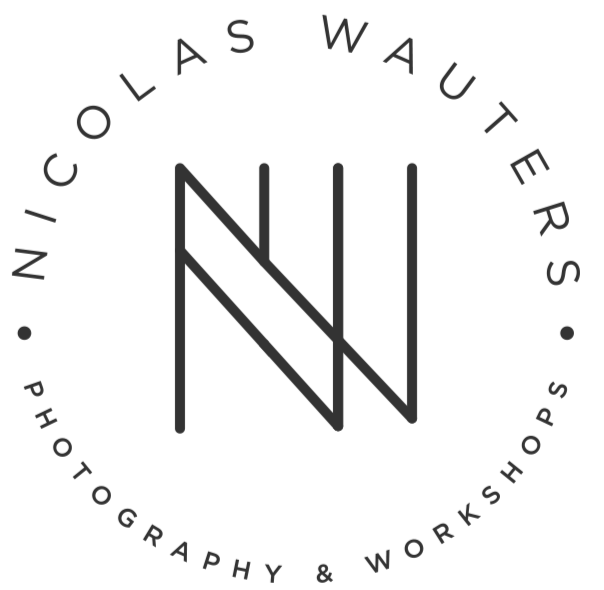Seki-juku: An Immersion into Edo Japan
- leilatokyotrip
- Mar 21
- 4 min read
Seki-juku, located in Mie Prefecture, is a former post town, or shukuba, that was part of the 53 stations of the Tōkaidō, a historic route connecting Edo (Tokyo) to Kyoto. This village, which has retained its old-world charm, is a true treasure for lovers of Japanese history. Seki-juku is one of the few post stations on the Tōkaidō that has preserved many period buildings, offering visitors an immersion into the atmosphere of feudal Japan.

History of Seki-juku
Seki-juku dates back to the Edo period (1603-1868), a time when Japan was ruled by the Tokugawa shoguns. The Tōkaidō, the main route linking the capital Edo to Kyoto, was essential for the transport of goods, the movement of daimyos (feudal lords), as well as for pilgrims and merchants. Shukuba, such as Seki-juku, served as relay stations where travelers could rest, eat, and resupply.
Founded in 1601, Seki-juku became one of the most important stations on the route due to its strategic location at the foot of the Suzuka Pass, a difficult crossing point. The station provided a refuge for travelers who were about to face or had just crossed this perilous pass.
At its peak, Seki-juku had more than 200 buildings, including inns, restaurants, and warehouses for storing goods. Travelers, whether samurai, merchants, or pilgrims, stopped here for the night, enjoying the hospitality of hatago, the inns of the time. Unlike many other Tōkaidō stations that have been modernized or destroyed, Seki-juku has been largely preserved, offering a unique glimpse into the architecture and daily life of the Edo period.
Historic Houses and Inns

The main attraction of Seki-juku is its main street, lined with traditional wooden houses dating from the Edo period. These buildings have been carefully restored to retain their original appearance, and many former inns (hatago) are still visible. Visitors can admire the typical facades with their wooden shutters and tiled roofs, characteristic of traditional Japanese architecture.
Among the most remarkable is Tamakisaya, a perfectly restored former inn. This house now serves as a museum, where visitors can learn how travelers were accommodated at the time. The exhibits, including antique furniture and period utensils, provide insight into daily life in the 17th century.
Another historic inn, Honkyoji, is open to visitors, who can explore its rooms and traditional gardens.
Kadoya, a former house turned museum, once belonged to a wealthy merchant family and presents an excellent example of a period residence. Inside, visitors can observe traditional tatami mats, decorative screens, and the layout of the rooms, which reflect the understated elegance of Japanese architecture.
This house allows visitors to explore the distinction between public and private spaces in traditional Japanese homes, as well as the heating and lighting technologies used before electricity.
Seki-jinja Shrine
Seki-jinja Shrine, located near the main street, is another important site. Dedicated to the protective deities of travelers, this Shinto shrine was once a place where travelers came to pray for a safe journey. It also offers a stunning view of the surrounding mountains and is a place of peace and serenity.
Although modest, this shrine is imbued with spirituality and tranquility. Visitors can admire traditional Shinto elements such as torii (sacred gates) and prayer pavilions. It is also possible to purchase omamori, lucky charms often used to protect travelers.
Seki-juku Festival (Seki Matsuri)
Every autumn, the Seki-juku Festival is held to celebrate the town's history and culture. During this event, the streets come alive with parades of people dressed in traditional costumes, recreating the atmosphere of the Edo period. The festival attracts many visitors who come to admire the processions of samurai and merchants, as well as traditional dances and food stalls.
The festival is also an excellent opportunity to discover local crafts, as many artisans come to sell handmade items, including pottery, textiles, and souvenirs.
Suzuka Pass
Suzuka Pass, located near Seki-juku, is a must-visit destination for hikers and nature lovers. This historic pass, once feared by travelers due to its harsh conditions, now offers stunning hiking trails through the mountains. Visitors can follow part of the old Tōkaidō route, enjoying breathtaking landscapes while reflecting on the challenges faced by travelers of the past.
Hiking through the pass also allows visitors to explore ancient temples and shrines hidden in the mountains, offering a blend of nature and spirituality.
The Importance of Seki-juku in Heritage Preservation
Seki-juku is a rare example of a shukuba that has managed to preserve its architectural and historical heritage. While many other stations along the Tōkaidō have been modernized over the centuries, Seki-juku has retained its original appearance and atmosphere. This makes it a valuable destination for those wishing to explore Japan's history and the Edo period.
Efforts to preserve Seki-juku have been led by both the local community and national authorities, who recognize the importance of this historical site. By visiting Seki-juku, travelers not only explore a piece of Japanese history but also support conservation efforts for this unique heritage.
Conclusion
Seki-juku is much more than just a post town; it is a gateway to the history of feudal Japan, an immersion into the Edo period, and an opportunity to experience the culture and spirituality of this fascinating era. Whether strolling through its cobbled streets, visiting its historic houses, or participating in its festival, Seki-juku offers an unforgettable experience for lovers of history, culture, and Japanese traditions.
Official Website
Location







Comments